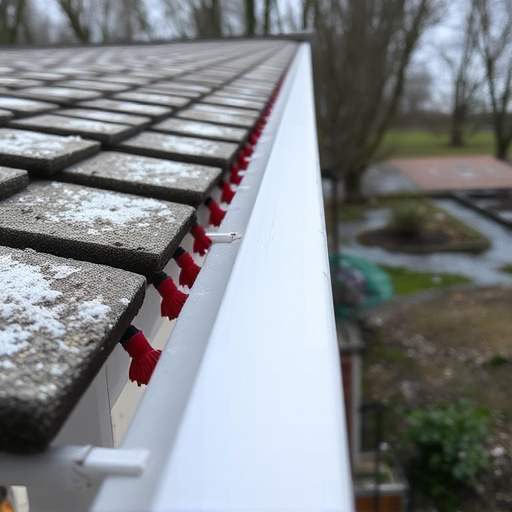TL;DR: Root canal treatment, a complex procedure aimed at saving natural teeth, involves accessing and cleaning the infected pulp chamber within the tooth. After thorough cleaning and sealing with biocompatible material, the canal is filled either with a dental filling or, in some cases, a crown to restore function and structure. Post-treatment care includes allowing healing time, avoiding hot/cold foods, managing discomfort, maintaining good oral hygiene, and regular dental check-ups to monitor recovery.
“Uncover the mysteries of a root canal treatment—a procedure that saves teeth and alleviates pain. This comprehensive guide takes you on a journey through the entire process, from understanding the need for a root canal to what happens during the visit. We’ll explore the step-by-step procedure, dispel fears, and provide insights into the aftercare required for a successful healing process. By the end, you’ll be equipped with knowledge to make informed decisions regarding your dental health.”
- Understanding the Root Canal Procedure
- What to Expect During the Treatment
- Aftercare and Healing Process
Understanding the Root Canal Procedure

During a root canal treatment visit, understanding the procedure is key to easing anxiety and ensuring a successful outcome. The process involves accessing and cleaning the inner part of your tooth, known as the pulp chamber, which houses blood vessels and nerves. This step is crucial as it removes infected or damaged tissue, preventing further decay and pain. Once the area is thoroughly cleaned and dried, the dentist will fill the canal with a biocompatible material to seal it off, stopping any bacteria from reinfecting the tooth.
Root canal treatment aims to save the natural tooth whenever possible, especially if you’re considering alternatives like clear aligners or cosmetic dentistry for aesthetic reasons. While teeth cleaning is a routine part of dental care, root canal treatments are more complex and targeted at addressing deep-seated issues within the tooth. This advanced procedure not only relieves immediate discomfort but also plays a role in maintaining your oral health and overall well-being over time.
What to Expect During the Treatment

During a root canal treatment visit, you can expect a meticulous and careful process designed to save your natural tooth. The procedure begins with a thorough examination and X-rays to determine the extent of the damage or infection. Once the dentist identifies the affected area, they will numbed the surrounding area using local anesthesia to ensure you feel minimal discomfort.
The next step involves creating an opening in the tooth to access the pulp chamber. This is typically done by drilling a small hole in the tooth. The infected or damaged pulp is then carefully removed, and the canal cleaned and shaped to allow for proper disinfection. Your dentist might use specialized files to clean the canal walls and remove any remaining tissue or debris. Following this, a sterile solution is used to flush out any bacteria, setting the stage for the final steps where a dental filling (or in some cases, a dental crown) is placed to restore the tooth’s function and structure.
Aftercare and Healing Process

After a root canal treatment, it’s important to take some time to care for your smile and allow the healing process to unfold naturally. Initially, you might experience some sensitivity or mild discomfort in the treated area, but this is usually temporary as your body adjusts. It is recommended to avoid hot or cold foods and drinks during the first 24 hours to prevent any sudden pain. Over-the-counter pain relievers can help manage any lingering soreness.
The healing journey continues over several days or weeks. Your tooth will gradually heal, and the root canal space will fill with a material similar to bone, ensuring the area is properly sealed off. It’s crucial to maintain good oral hygiene practices during this time, including gentle brushing and flossing around the treated tooth. Regular dental check-ups after the initial treatment are essential to monitor the healing process and ensure there are no complications, especially if you’re considering procedures like wisdom tooth removal or exploring options for dental implants as a future restoration.
A root canal treatment visit involves a meticulous process aimed at saving a damaged or infected tooth. During the procedure, a dentist carefully removes the infected pulp, cleans and shapes the tooth’s inner canals, and places a filling to restore its structure. Proper aftercare is crucial for a successful healing process, ensuring the treated tooth regains its strength and function. By understanding each step of the root canal treatment, patients can manage expectations and take proactive measures towards recovery.














